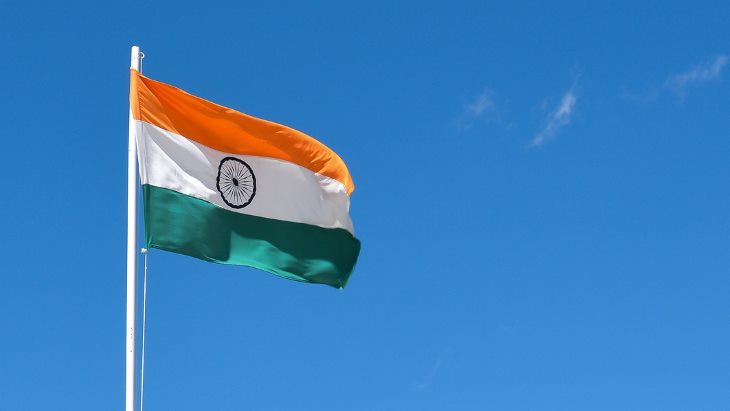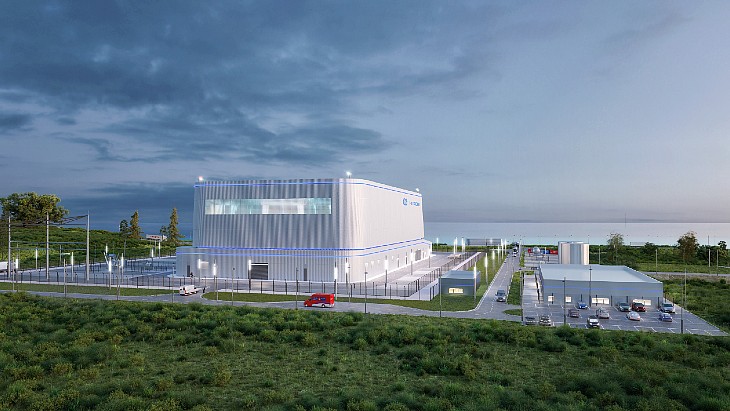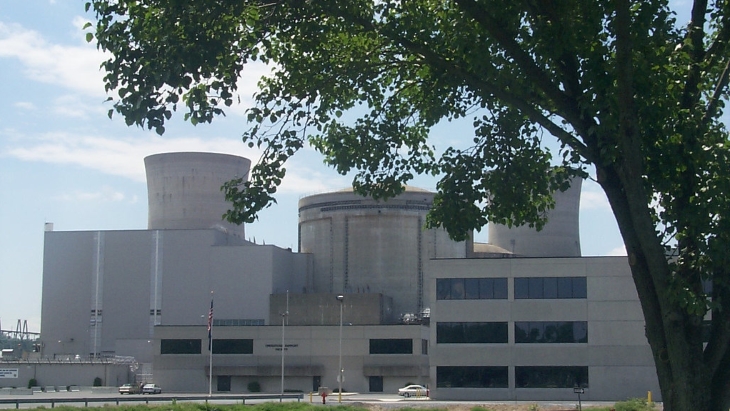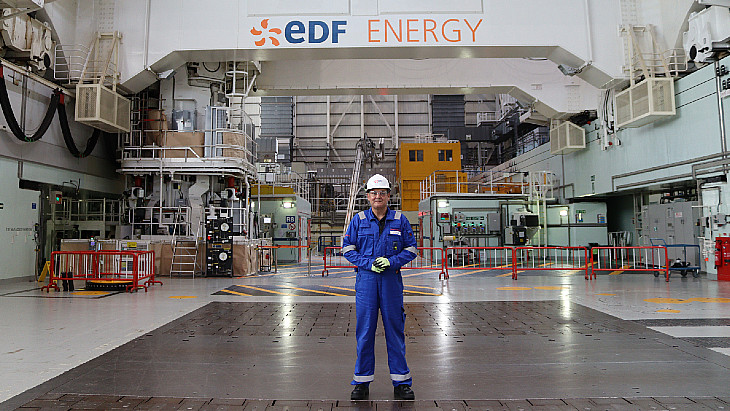Kakrapar unit restarts after modernisation

The 200 MWe unit, which is in the Surat district of Gujarat, attained criticality on 19 May, NPCIL said. It will be synchronised to the grid later this week. The work, which was due to be completed in August, was completed over three months ahead of schedule. Other safety upgrades were also carried out during the renovation and modernisation programme instigated by NPCIL at both Kakrapar units following issues with their coolant systems. Unit 2 was taken off line in 2015 following a coolant channel leak, and restarted in September 2018. Kakrapar 1 was taken off line after a coolant leak caused the reactor to automatically shut down in March 2016.
Kakrapar 1's core contains 306 coolant channels made of zirconium-niobium alloy, each holding 12 bundles of uranium fuel. The fuel is cooled by a flow of heavy water under high pressure - the primary coolant - which generates steam in a secondary circuit to drive the electricity-generating turbines. Carbon dioxide gas is used in the annular region between the coolant and pressure tubes to provide thermal insulation between the hot coolant channels and the relatively cool calandria tubes and surrounding moderator.
India's nuclear regulator, the Atomic Energy Regulatory Board, last year concluded that corrosion spots caused by impurities in carbon dioxide gas led to the coolant channel leaks at the Kakrapar units. Inspections carried out at all of India's PHWRs confirmed that the corrosion issue was limited to the two Kakrapar units. Specifications and carbon dioxide quality assurance checks have been made more stringent for all India's operating PHWRs and a requirement for the detection of localised corrosion during periodic inspections has been added to the scope of the coolant channel in-service inspection programme.
Kakrapar 1 and 2 - both Indian-designed reactors - entered commercial operation in 1993 and 1995 respectively. Two 700 MWe PHWRs are currently under construction at the site. Kakrapar 3 is expected to be completed this year and Kakrapar 4 in 2020, NPCIL said.













